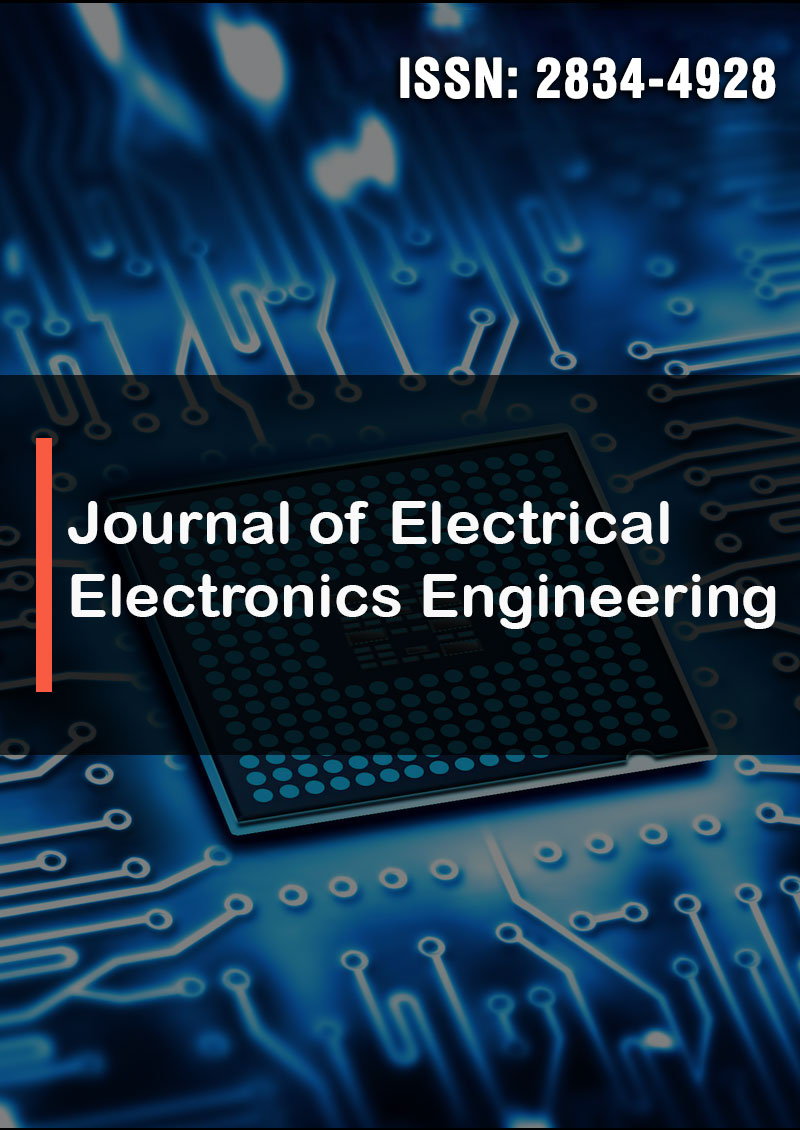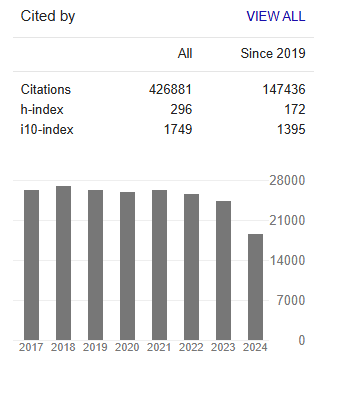Analytical Wavelengths in the Spectrophotometric Investigation of Equilibria in Solutions
Abstract
T. A. Skripnikova, S. S. Lysova and Yu. E. Zevatskii
Acid-base equilibria are considered as model chemical processes in solutions in this work, the quantitative characteristic of which is the thermodynamic dissociation constant. It plays a major part in a wide range of applications and research areas and being the key parameter in assessing the physical, chemical properties of a compound. In the spectrophotometric determination of thermodynamic equilibrium constants in solutions, one of the determined parameters is the analytical wavelength, i.e. the wavelength used for conducting the measurements that are subsequently analyzed. How this value is determined will determine the error in the measured concentrations. International literature doesn’t seem to offer a universally recognized approach to choosing the analytical wavelength. Each researcher seems to base his or her choice on his/er own experience, base views, and classical procedures. The article presents a critical review of published approaches to determining the wavelength using traditional spectrophotometric titration and a new method of concentration spectrophotometry. The authors of this work draw attention to the fact that it is necessary to pay attention not only to the development of new approaches to the processing of experimental data, it’s imperative to improve the method as such. Since, as an analysis of the published sources has shown, for almost a whole century the principles of choosing the analytical wavelength remained the same while the equipment, as well as the methods of calculating thermodynamic dissociation constants, kept improving. In this regard, new method of concentration UV/visible spectrophotometry seems to show promise, for, apart from providing reliable wavelength data, this method has a number of other advantages that make it widely usable in various media, including the organic ones.




